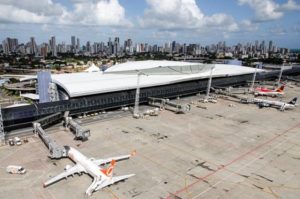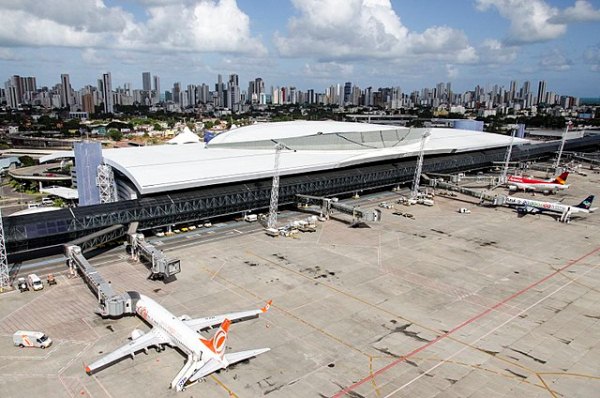 Cargo volumes at airports regained momentum in April, following a slower month of March, while global passenger traffic growth in the month remained strong, according to the latest traffic data from Airports Council International (ACI) World.
Cargo volumes at airports regained momentum in April, following a slower month of March, while global passenger traffic growth in the month remained strong, according to the latest traffic data from Airports Council International (ACI) World.
Freight volumes experienced a global growth rate of 4.5% in April year-on-year, with international freight as the main driver, representing around 70% of the global market. The segment’s year-over-year figure rose to 4.9% during the month, up from 1.9% in March.
Europe and Asia-Pacific both accelerated in April, after suffering from slowdowns in March for overall freight volumes. Year-over-year, Europe posted 4.6% growth, up from 0.9% one month prior, while Asia-Pacific posted 4.2%, up from 1.0%.
Europe’s freight growth was driven almost exclusively by its international segment, which represents more than 90% of the region’s volumes, and reached 4.8% during the period. As with its passenger market, the region displayed an unequal growth pattern for freight.
Asia-Pacific, on the other hand, displayed more homogeneous growth patterns. Of its major air freight markets, all but Thailand (9.0%) and South Korea (0.4%) posted year-over-year figures between 2.0% and 6.0%. India (5.7%), Hong Kong (5.0%), China (4.9%), and Singapore (4.5%) all posted fairly strong growth. Taiwan and Japan, with 3.3% and 2.2%, respectively, trailed behind slightly. April year-to-date figures stood at 4.7%, with a 12-months rolling average of 6.8%. While secular trends in global trade and economic activity remain positive, trade tensions and tariff wars may result in an adverse impact to the region’s air freight industry in the coming months.
North America has already started to experience more subdued growth in April as year-over-year-volumes slowed down to 3.7% year-over-year. This comes after a strong run leading to a +7.1% figure on a 12-month rolling average basis. Geopolitical tensions related to trade have recently escalated into import tariffs between a number of major economies and the United States, which may lead to a substantial slowdown in the coming months.
The Middle East’s freight market had, until March, proven relatively resilient to the geopolitical tensions which loom over its passenger market. Volumes declined by 2.1% in March, however, and the market’s 12-month rolling average is currently slipping, having reached 4.1% in April, down 0.2 percentage points after posting an increase of 2.6% year-over-year during the month. Given the general trends observed in the industry, a gradual slowdown may be in the region’s future in the coming months.
Latin America-Caribbean and Africa, the two smallest freight markets of the six ACI traffic regions, grew the fastest in April, at 12.5% and 9.9%, respectively. The two regions have benefited from a strong early 2018, with both year-to-date freight figures reaching double digits, at 11.7% and 10.7%, respectively. These gains were driven mostly by rising international freight volumes, however, and may leave their markets vulnerable to global trade shocks.
Meanwhile, ACI reported that global passenger traffic growth remained strong in April with a 6.1% increase year-over-year, just below its 12-month rolling average of 6.5%.
Although growth in passenger traffic remains robust, April marked a slight departure from the recent months’ high growth levels mainly due to the timing of this year’s Easter period.





